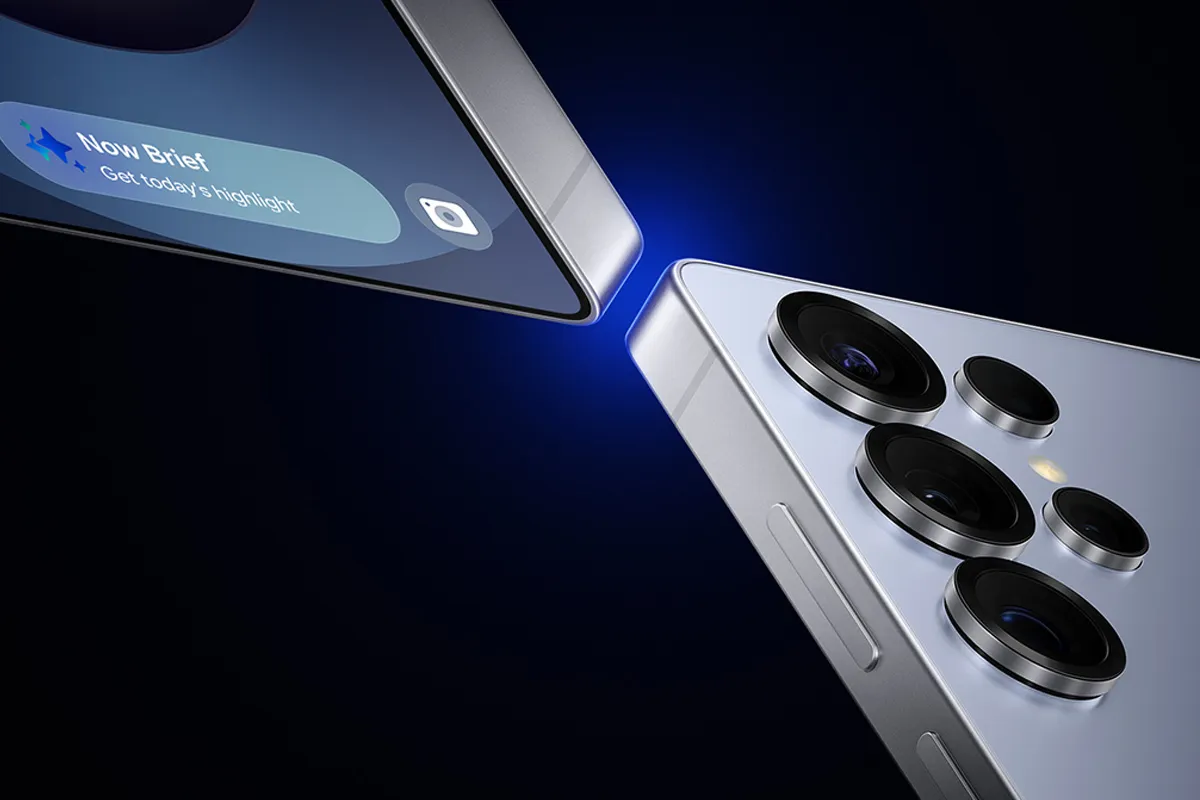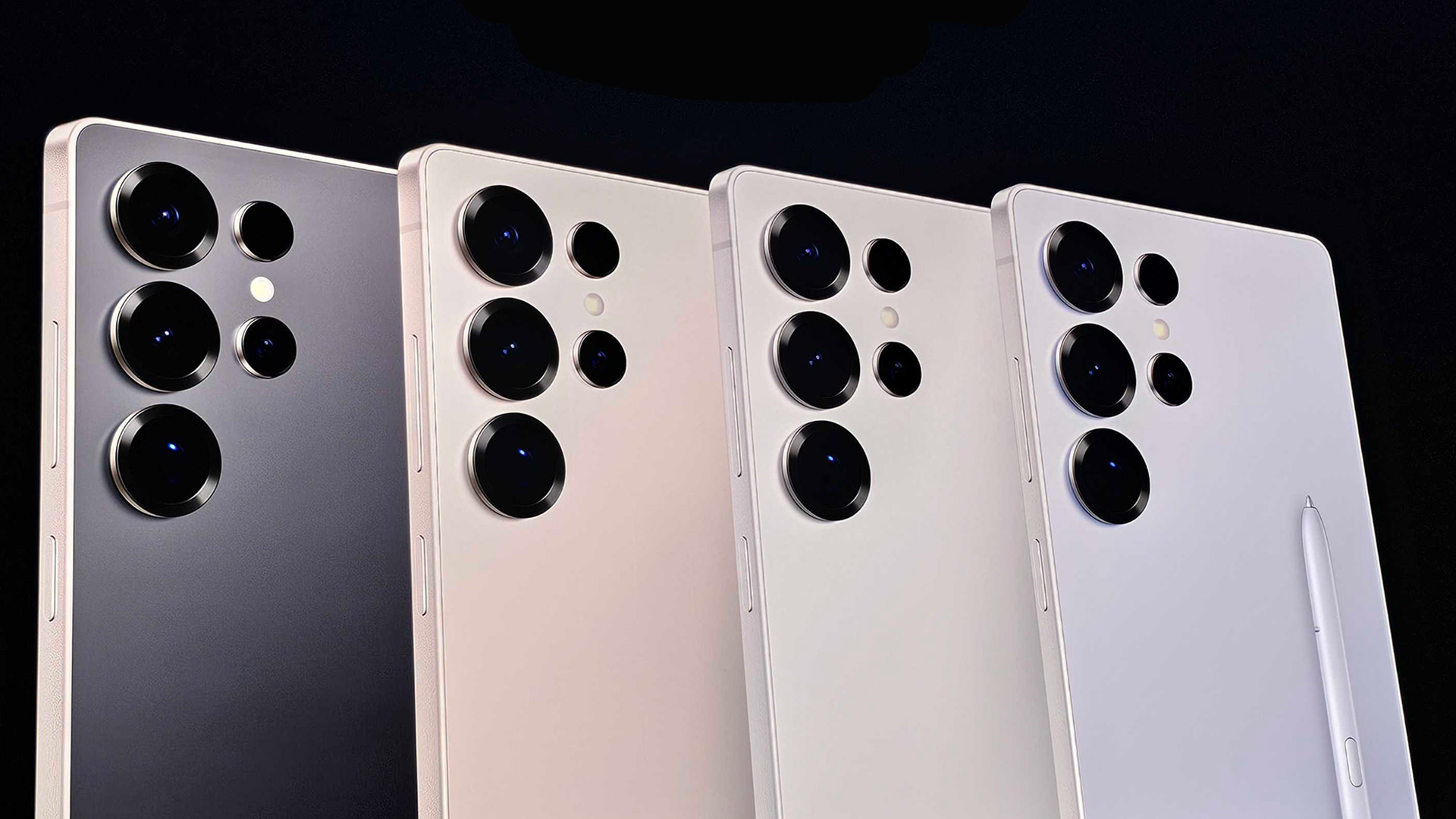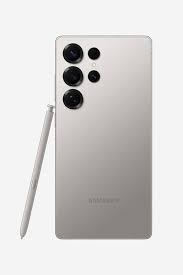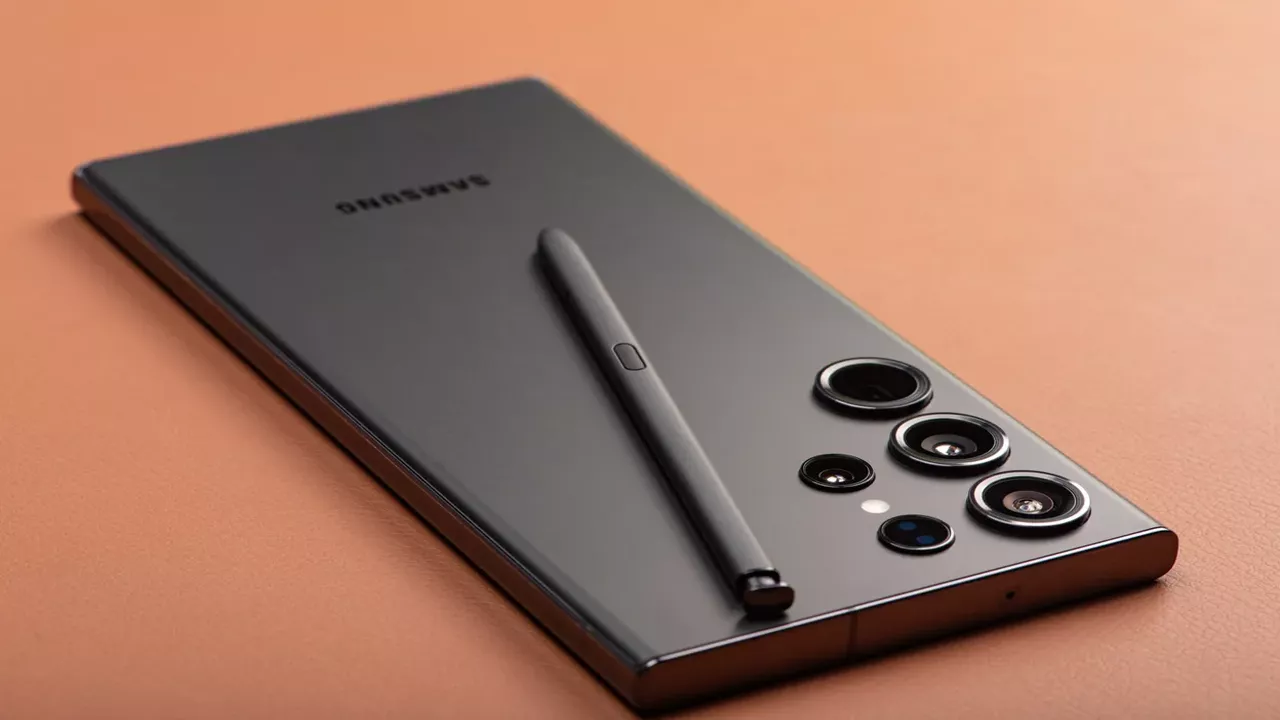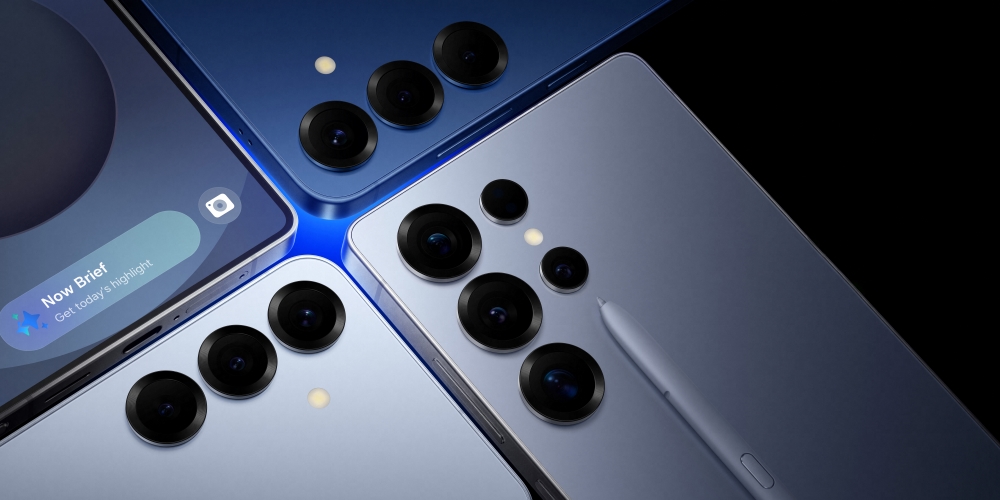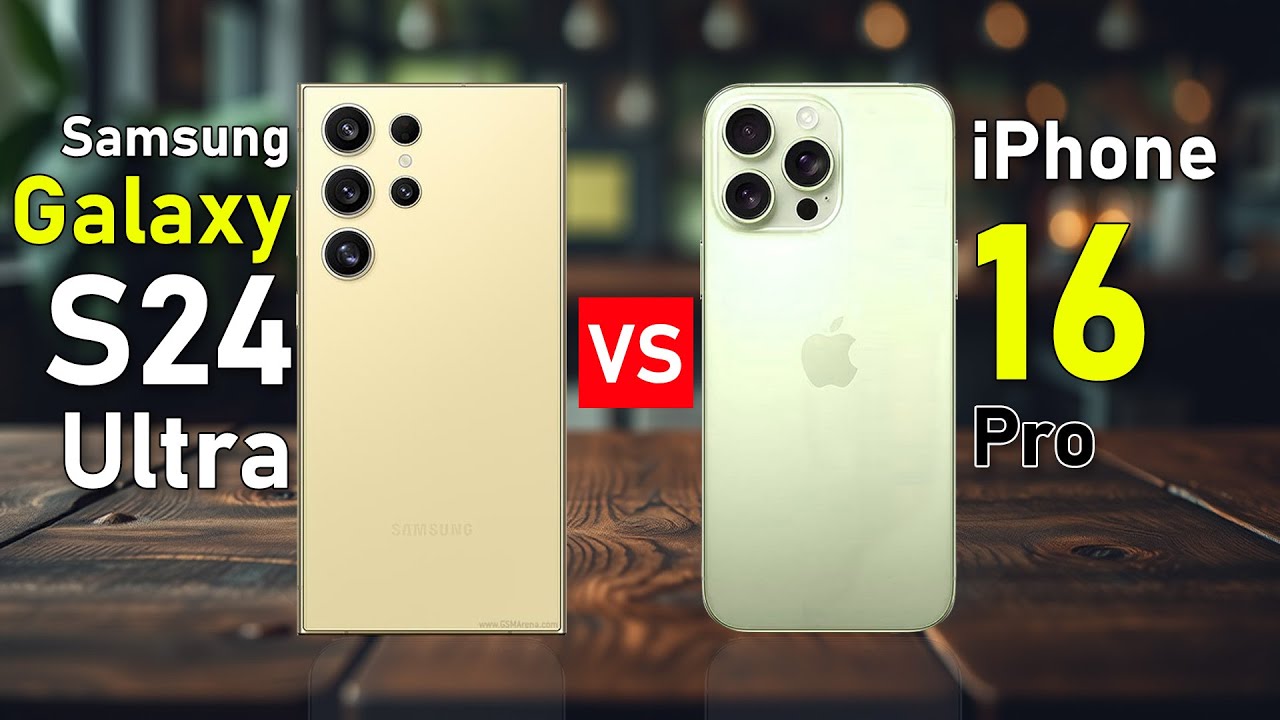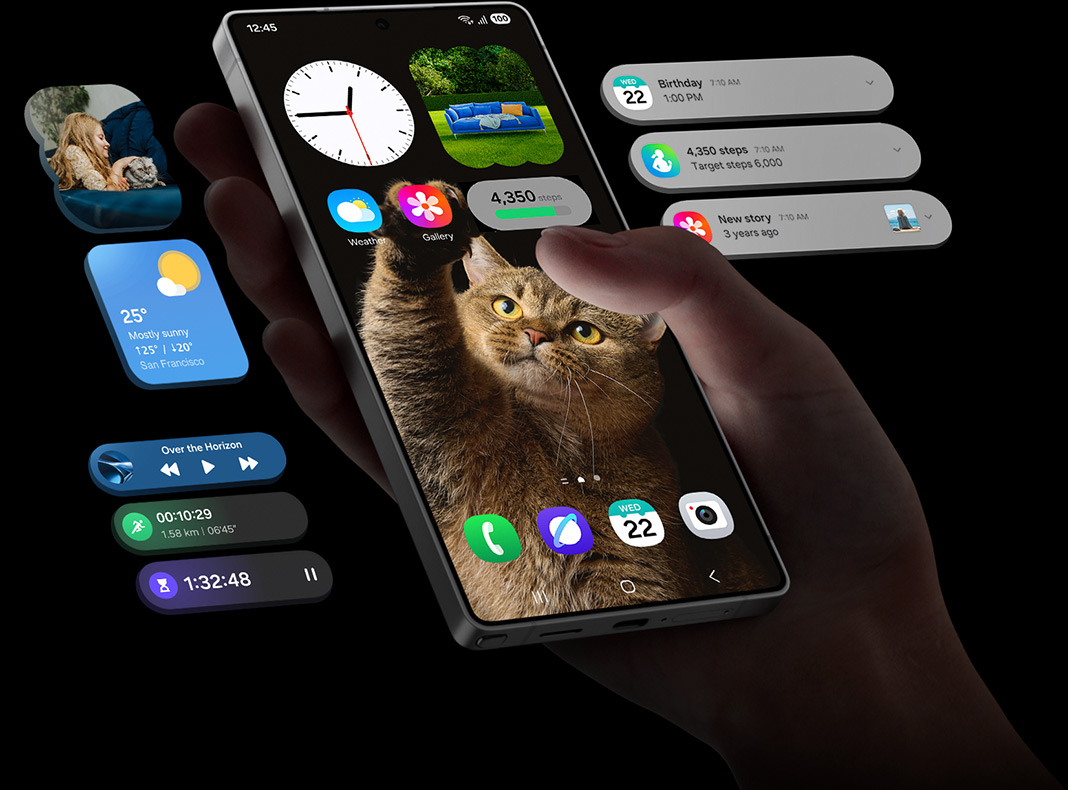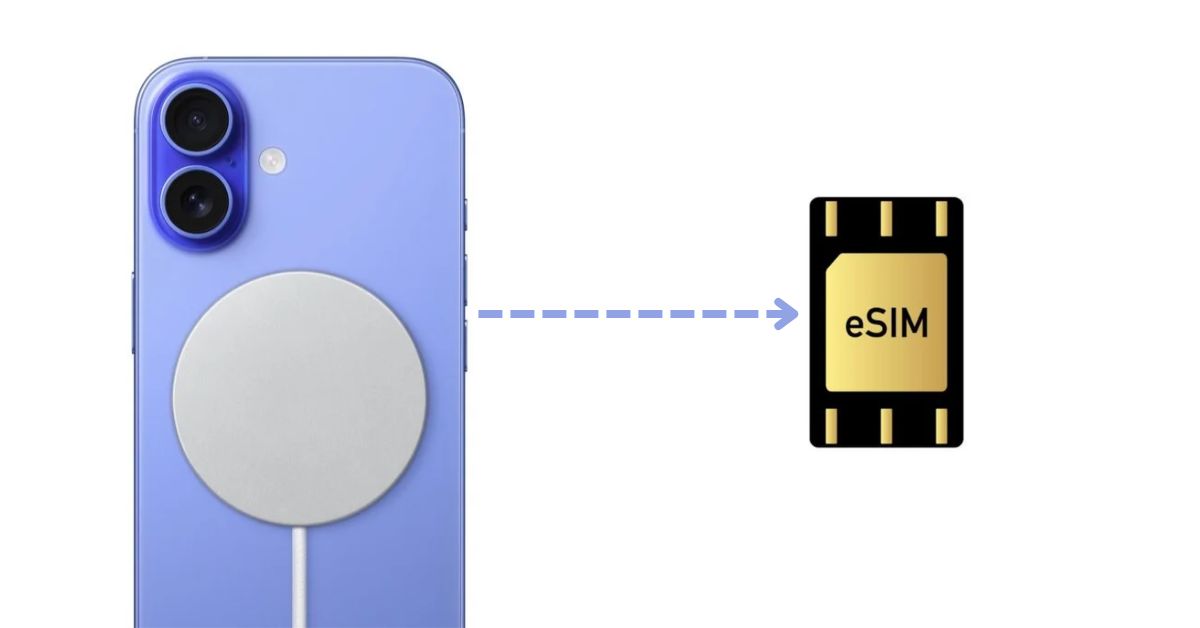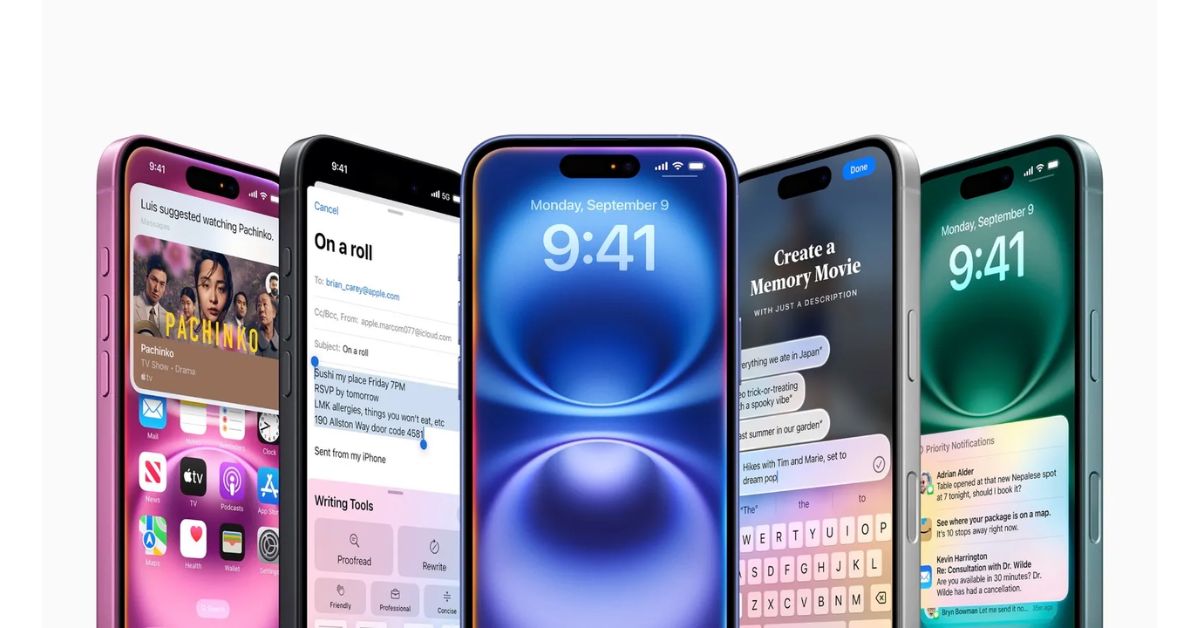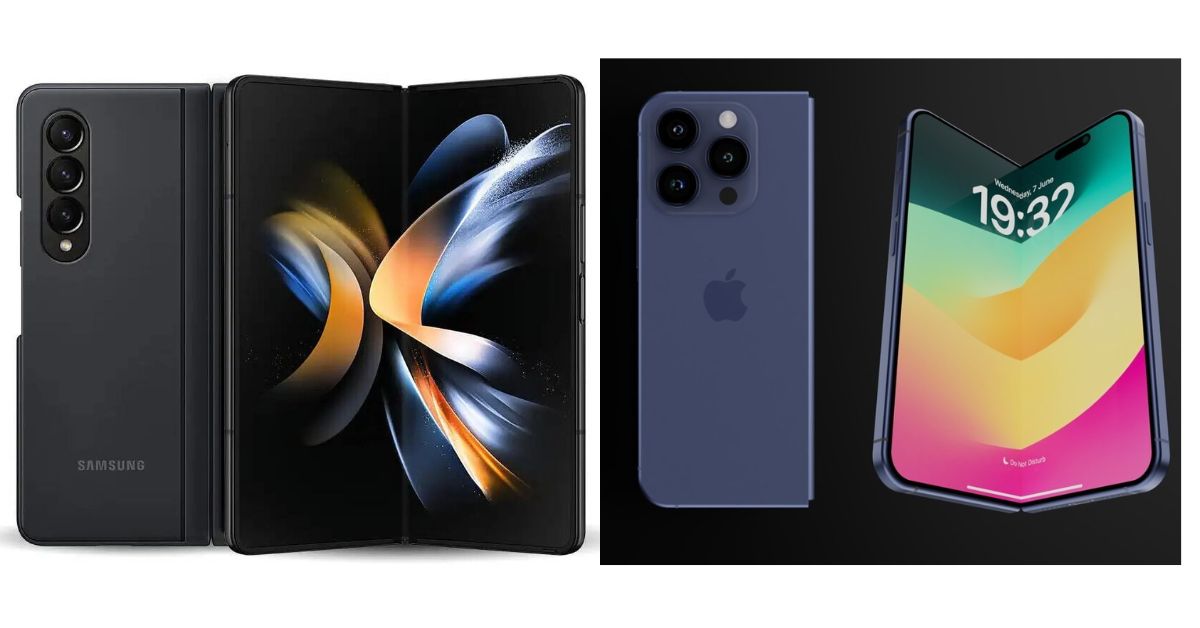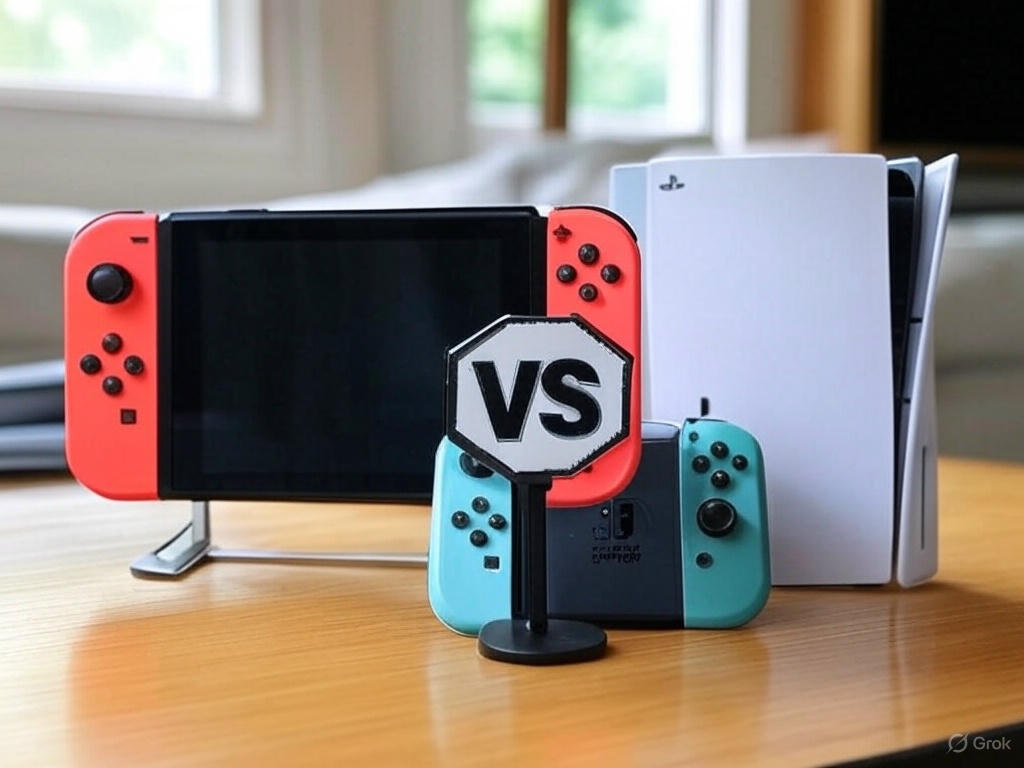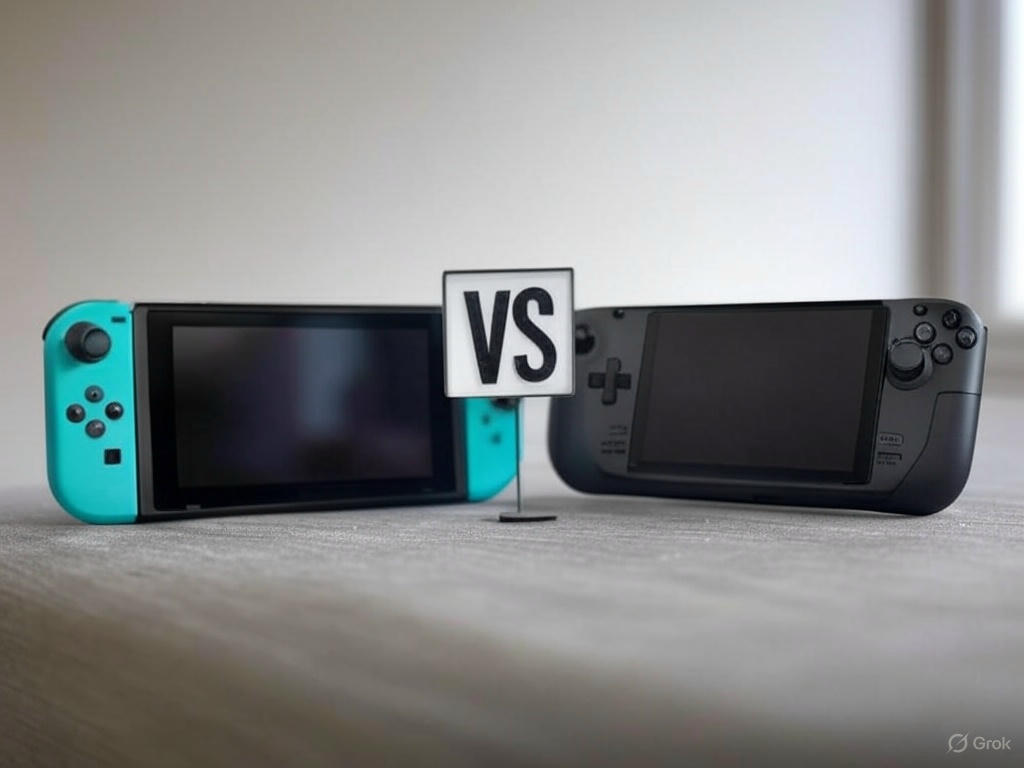Smartphones constantly evolve, and one of the most innovative shifts in mobile technology is the rise of the eSIM. Short for “embedded SIM,” the eSIM is reshaping how we connect our devices to mobile networks by eliminating the need for a physical SIM card. Apple, known for pushing the boundaries of technology, has gradually incorporated eSIM in its devices, and the trend continues to gain traction.
This blog explores the origins of eSIM technology, Apple’s role in adopting it for the iPhone lineup, and what the rumored iPhone 16 might bring to the table. We’ll also assess the benefits of eSIM for users and what industry experts predict for this game-changing feature.
The Origins of eSIM Technology
The concept of the SIM card traces back to the 1990s when GSM mobile networks required an identification system for individual users. Traditional SIM cards, though a landmark innovation at the time, posed limitations in their physical nature. This led to the birth of eSIM technology.
Unlike traditional SIM cards that require a tray or slot, an eSIM is embedded directly into the device’s hardware. The GSM Alliance (GSMA) introduced eSIM technology, aiming to simplify connectivity by enabling remote SIM provisioning. First implemented in IoT (Internet of Things) devices like smartwatches and wearables, eSIMs gradually expanded to smartphones, thanks to their convenience, compact design, and flexibility.
Over the years, smartphone manufacturers began seeing the potential in incorporating eSIMs into their devices. The benefits of eliminating physical SIM cards—including enhanced durability and streamlined device design—made eSIM a natural choice for tech-forward brands like Apple.
Apple’s Journey with eSIM Technology
Apple fully embraced eSIM technology, becoming one of its champions in the smartphone market. It began with the iPhone XS, XS Max, and XR in 2018, which included dual-SIM functionality combining a physical SIM and an eSIM. This dual option allowed users to enjoy the benefits of eSIM while retaining a backup with a traditional SIM card.
The company further committed to the technology by gradually expanding eSIM compatibility in newer models. The iPhone 13 series introduced support for dual active eSIMs, taking a step closer to eliminating the traditional SIM card slot altogether.
The turning point came with the iPhone 14 models released in the U.S. Apple took the bold step of removing physical SIM trays entirely, relying exclusively on eSIM technology. This transition marked a significant milestone in Apple’s support for eSIM, signaling a future where traditional SIM cards might become obsolete.
iPhone 16 eSIM Expectations
While Apple has yet to announce the iPhone 16 officially, rumors and industry speculation provide plenty of food for thought. Many experts believe that Apple will continue refining its eSIM capabilities in the upcoming model, cementing its role as a leader in the shift toward embedded SIM technology.
Here’s what we might expect from eSIM functionality in the iPhone 16:
1. Improved Consumer Experience
eSIM technology in the iPhone 16 is likely to further streamline the process of switching carriers or plans. Enhanced interfaces for managing eSIM profiles could make it even simpler to activate and manage mobile plans directly from the device.
2. Global eSIM Compatibility
The iPhone 16 may improve cross-border usability with multiple network carriers. This would be a massive boon for frequent travelers, making it easier to switch to local networks seamlessly.
3. Enhanced Security
Security is always a top feature in Apple’s offerings. With eSIM, there’s less risk of physical theft or tampering. Expect the iPhone 16 to position its eSIMs as even more secure, possibly through tighter integration with biometric features like Face ID.
4. Expanded Storage for Multiple eSIMs
Rumors suggest the iPhone 16 could increase its capacity to store multiple eSIM profiles, offering unparalleled flexibility for users who use multiple phone numbers or frequently switch between carriers.
5. Environmental Sustainability
The iPhone 16 could further tout its eco-friendly credentials by championing eSIM technology as part of Apple’s ongoing sustainability drive. Eliminating physical SIM trays reduces plastic consumption and streamlines manufacturing processes.
Benefits of eSIM for iPhone Users
The growing adoption of eSIM technology provides compelling advantages, and the iPhone is no exception. Here’s what iPhone users love about eSIM:
- Flexibility
Switching between carriers or plans becomes straightforward, often requiring just a few taps in the settings menu. This is especially useful for international travelers who can easily activate a local plan without hunting for a physical SIM card.
- Convenience
With no physical card to worry about, users no longer need to carry SIM ejector tools or fiddle with card trays.
- Durability
Unlike physical SIMs, eSIMs are embedded into the hardware, eliminating the risk of damage, misplacement, or dust clogging.
- Better Design
Without the need for a SIM tray, manufacturers like Apple can create more compact designs, leaving room for larger batteries or additional components.
- Eco-Friendliness
eSIMs contribute to reducing plastic waste and help support a more sustainable tech ecosystem.
What Do Experts Say About eSIM?
Industry analysts predict that eSIM technology will soon become the standard across all smartphone brands. Ben Stanton, an analyst at Canalys, remarked, “Apple’s push for eSIM in the iPhone lineup signals a broader industry shift.” He noted that once Apple adopts a functional technology, others tend to follow, accelerating mass adoption.
Furthermore, Josep Balaguer of GSMA Intelligence stated, “eSIM addresses several pain points for both consumers and telecom providers. We will likely see rapid expansion as hardware and software continue to mature.”
Analysts also foresee potential innovations. Some believe eSIM will integrate even better with 5G, providing seamless network coverage without manual settings. Others suggest that AI-powered eSIM management could further automate the process for an ideal connectivity experience.
The Future of eSIM in iPhones
The introduction and adoption of eSIM technology in Apple’s ecosystem represent another leap toward innovation and convenience. The iPhone 16, with its expected advancements, could solidify eSIM as an essential technology for modern connectivity.
If Apple’s track record is anything to go by, other brands will follow suit, and eSIM might soon dominate the smartphone market. For tech enthusiasts and iPhone users eager to experience what’s next, the iPhone 16 promises to deliver exciting improvements.
Stay tuned as more details about the iPhone 16 emerge. Until then, appreciate the benefits eSIM technology already offers on your current device and brace for more innovations on the horizon.
References
- The Verge. (2023). What to Expect from the iPhone 16. Retrieved from theverge.com

Dominic O. McCoy is a passionate writer who loves crafting engaging and informative blogs on a wide range of topics. With a deep curiosity and a knack for storytelling, he explores everything from lifestyle and technology to business and home improvement. Whether breaking down complex ideas or sharing practical tips, McCoy aims to deliver valuable content that resonates with readers. When he’s not writing, he enjoys learning about new trends and expanding his knowledge to bring fresh perspectives to his work.






